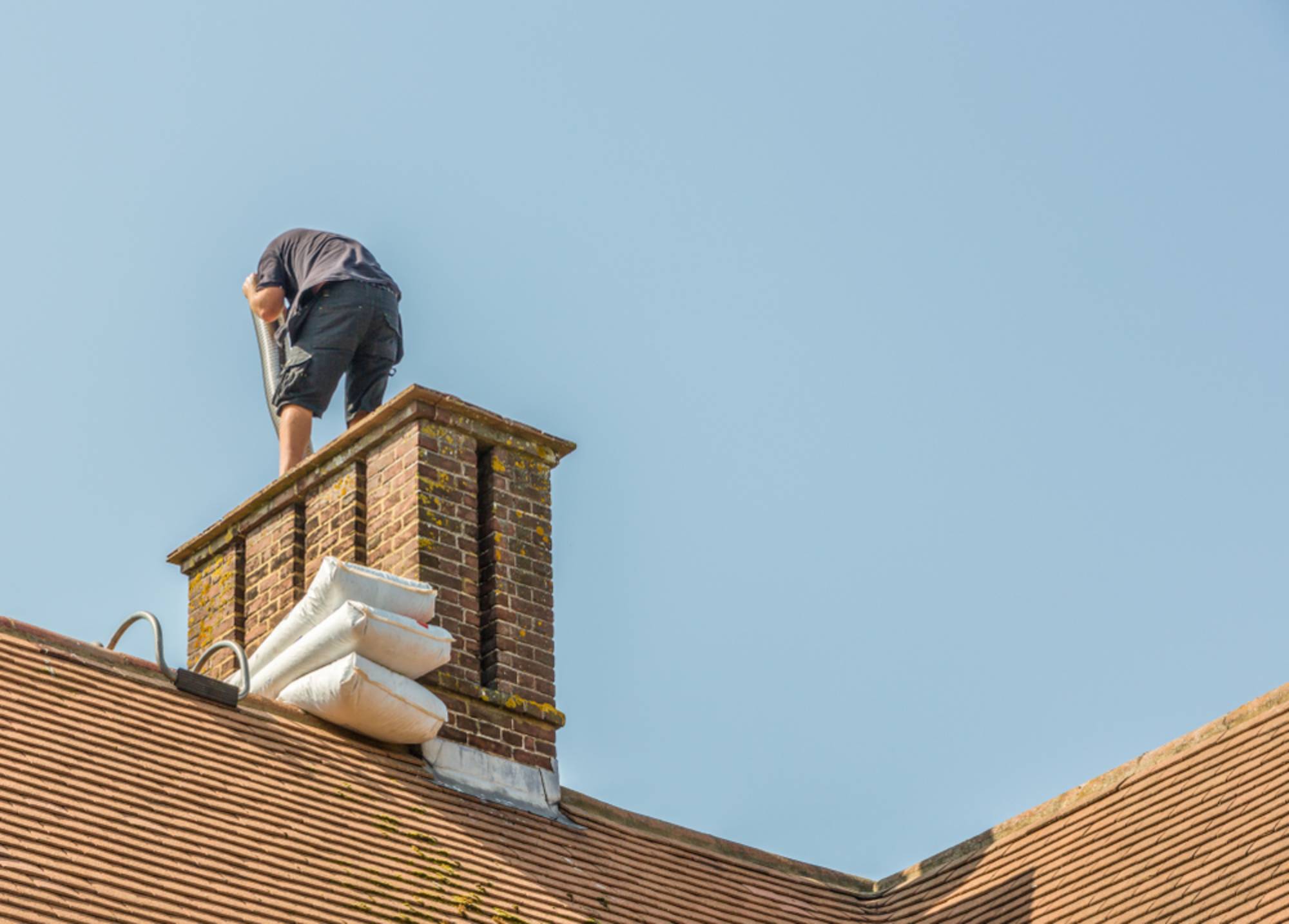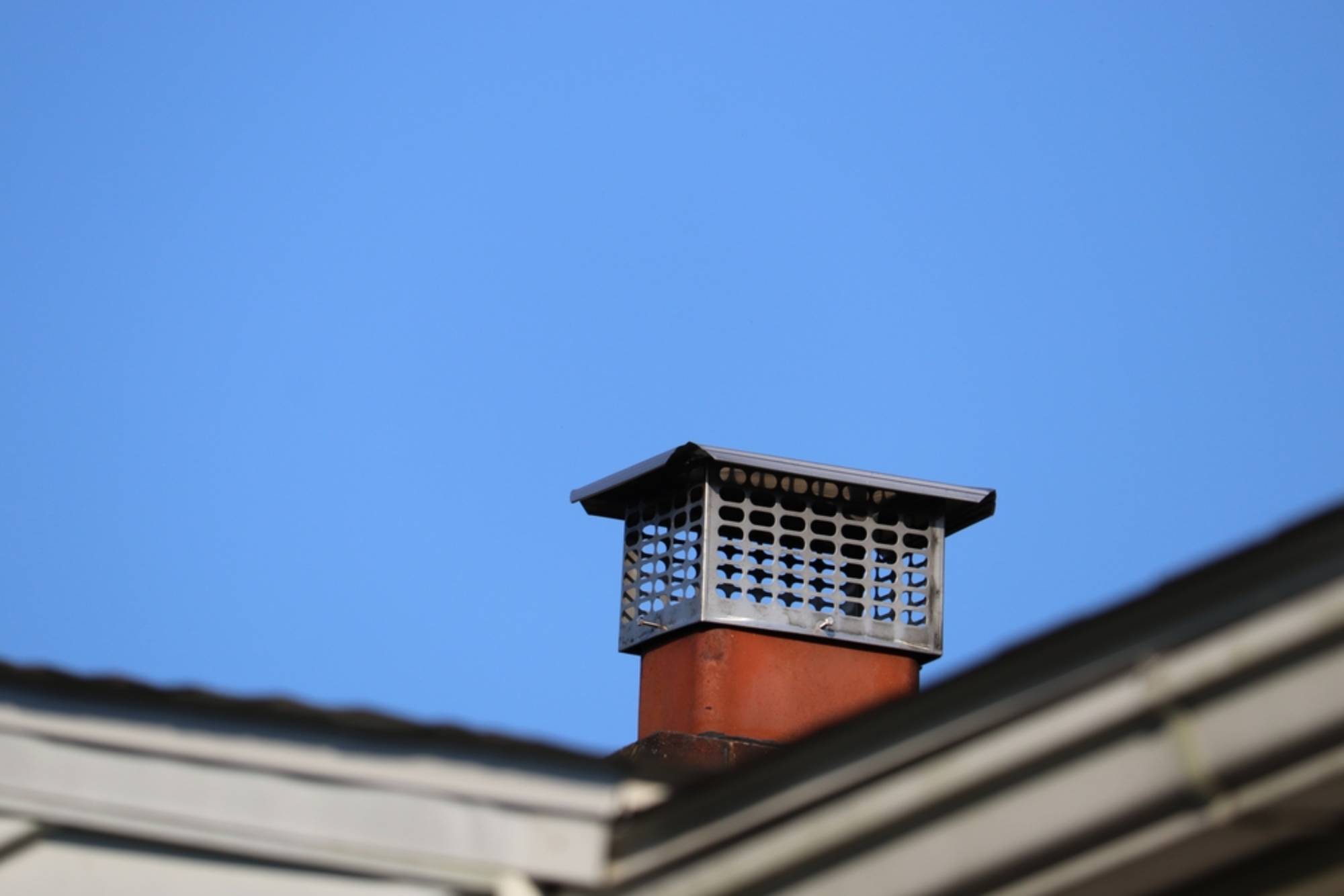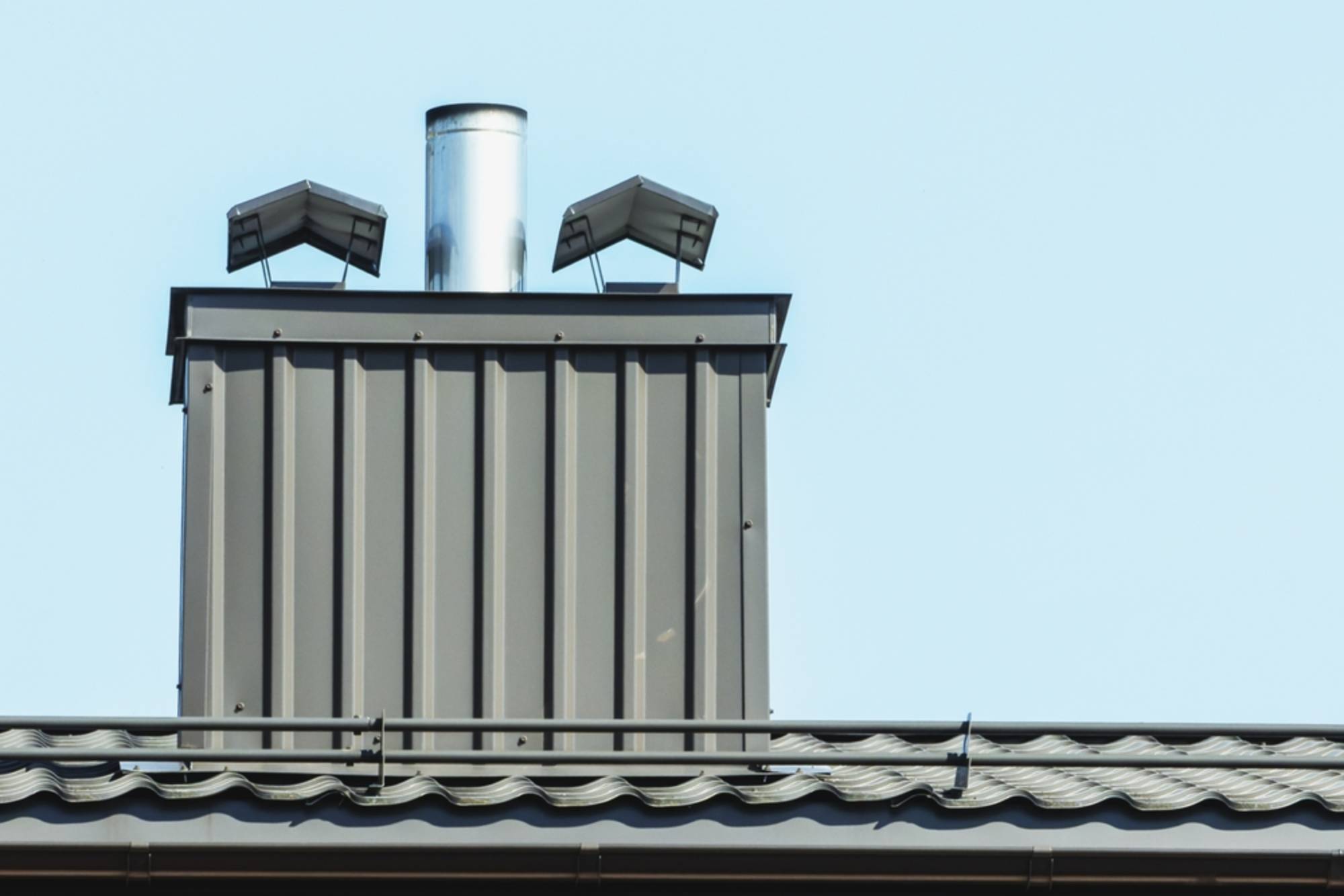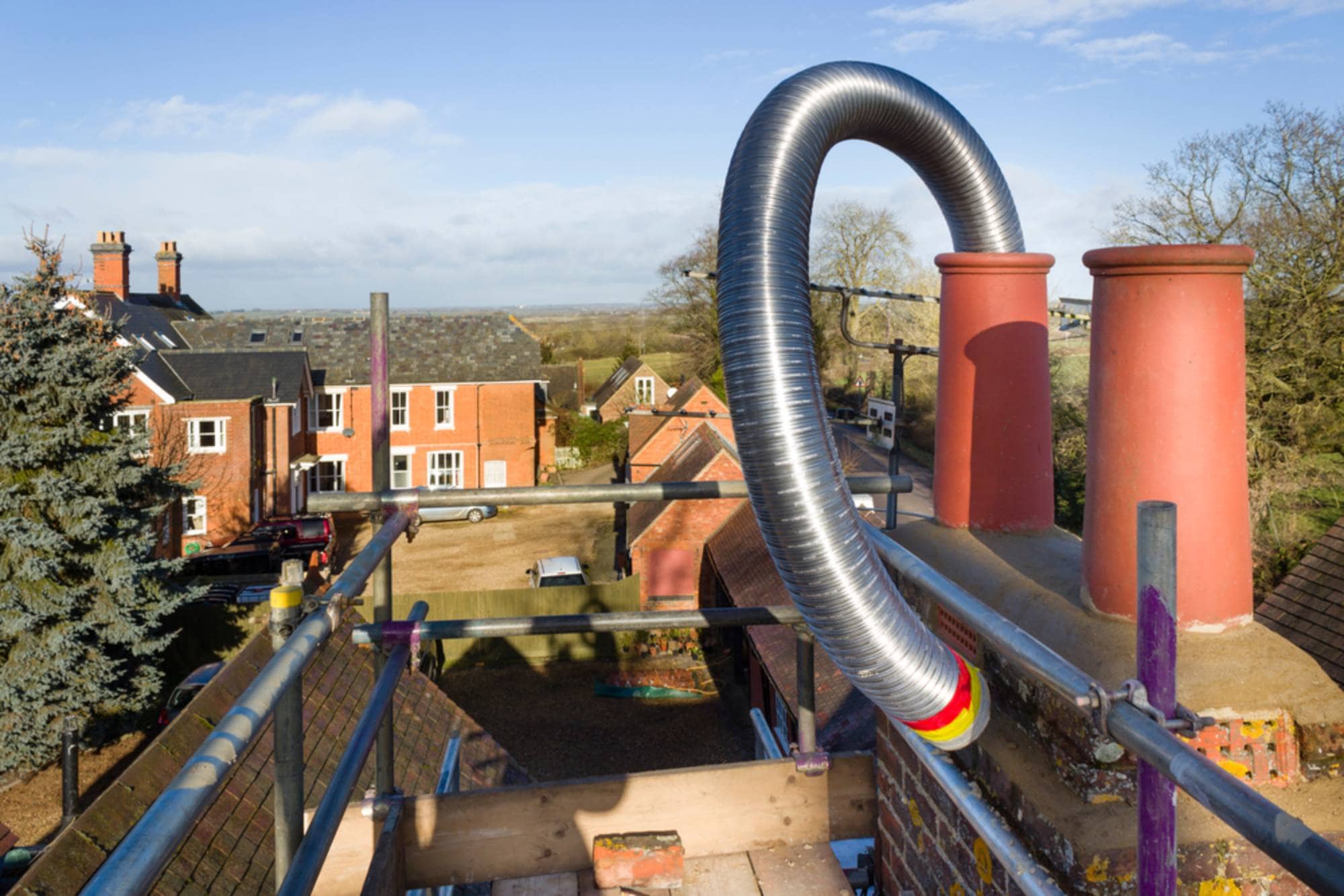Your chimney liner protects your home and family from dangerous gases while maximizing heating efficiency.

Hear from Our Customers

A properly installed chimney liner eliminates the guesswork around home safety. You’ll know your heating system is venting correctly, your family is protected from carbon monoxide, and your chimney structure won’t deteriorate from heat damage.
Your energy bills drop because your heating system works efficiently. Your insurance stays current because you meet code requirements. Most importantly, you sleep better knowing dangerous gases aren’t leaking into your living space.
The right liner installation also means fewer repair calls down the road. When we install your liner correctly the first time, using proper materials and following manufacturer specifications, you’re looking at decades of reliable performance instead of ongoing headaches.
We’ve been installing chimney liners throughout Providence County for years, and we understand exactly what Valley homeowners face with their heating systems. Rhode Island’s climate puts real demands on chimney systems, and we’ve seen every type of liner issue you can imagine.
We’re certified chimney liner contractors who follow manufacturer specifications and local building codes. That means your installation passes inspection the first time, meets insurance requirements, and actually works the way it’s supposed to.
When you call us, you’re getting technicians who know the difference between a quick fix and a proper installation. We’ve built our reputation in Valley by doing the job right, not fast.

First, we inspect your existing chimney to determine the right liner type and size. Every chimney is different, and we measure everything to ensure a proper fit. We also check for any structural issues that need addressing before installation.
Next, we prepare your chimney and carefully install the liner from top to bottom. For furnace liners, we connect directly to your heating system. For fireplace liners, we ensure proper clearances and secure connections at both ends.
Finally, we test the installation to confirm proper draft and seal all connections. You get documentation showing the work meets code requirements, plus clear instructions for maintenance. The whole process typically takes one day, and you can use your heating system immediately after completion.

Ready to get started?
Your chimney liner installation includes a complete assessment of your existing chimney, proper sizing calculations, and professional installation using appropriate materials for your specific heating system. We handle both stainless steel and aluminum liners depending on your needs.
Valley homeowners often need furnace liner installation when upgrading heating systems or addressing efficiency issues. Rhode Island building codes require proper liner installation for most heating appliances, and we ensure your installation meets all local requirements.
We also provide fireplace liner installation for wood-burning systems. Many Valley homes have older fireplaces that need new liners for safe operation. Our installations include proper insulation where required and secure connections that prevent dangerous gas leaks into your home.
